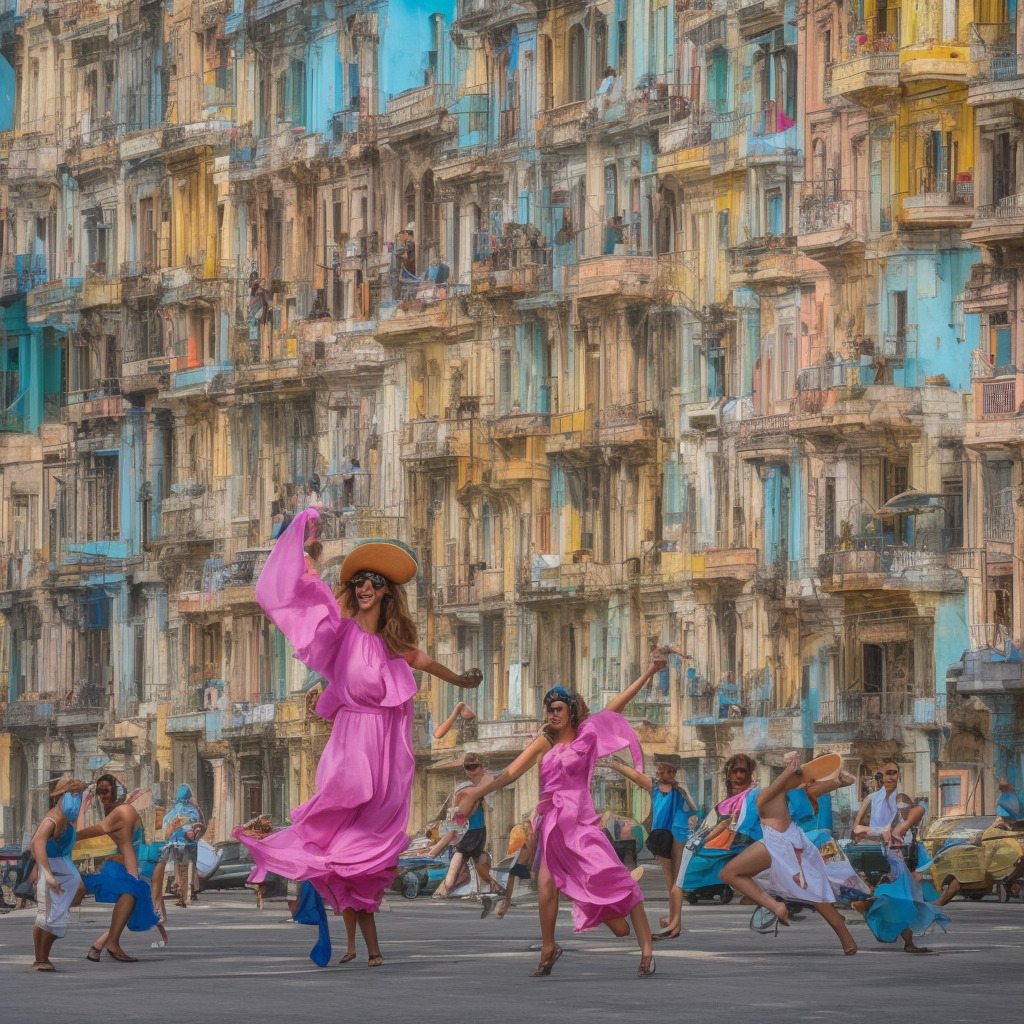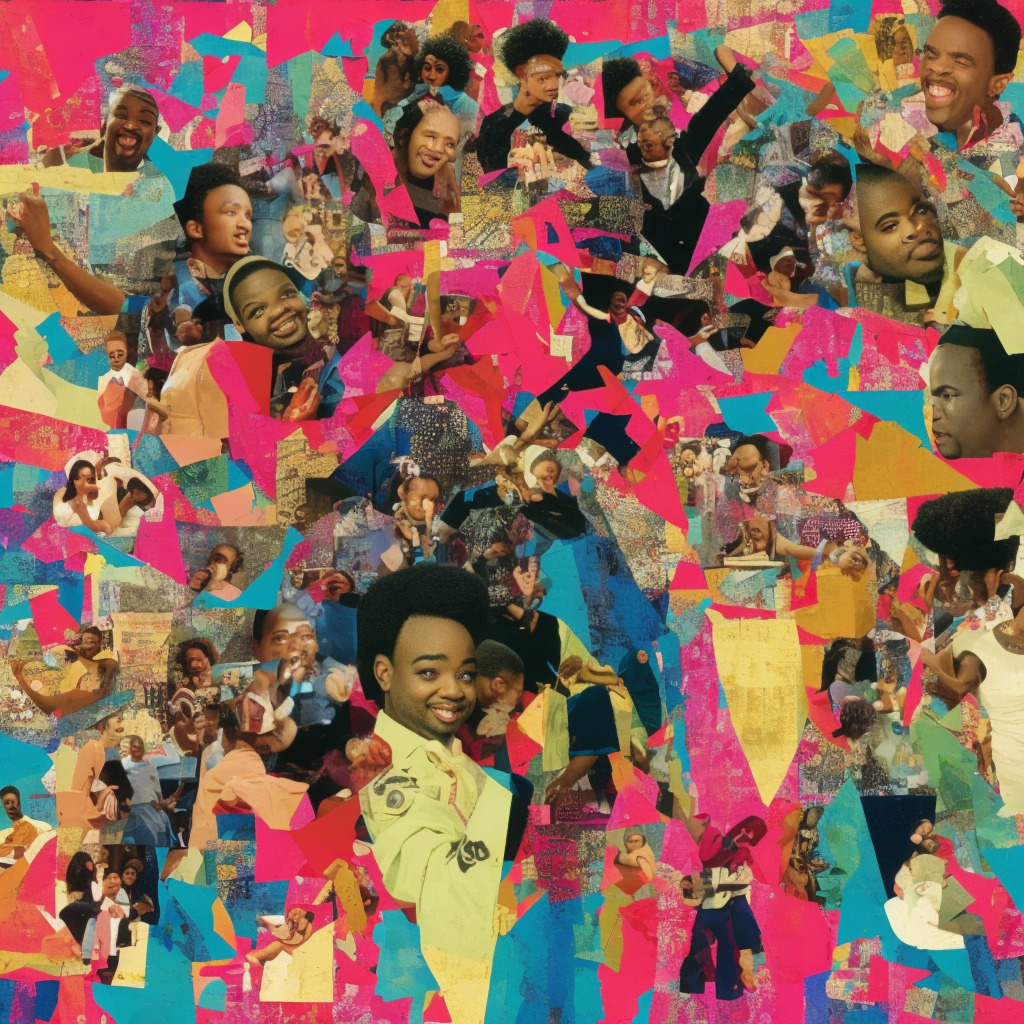🕺💃 Did you know? #ABBA’s unforgettable “Dancing Queen” was played at Swedish King Carl XVI Gustaf’s royal wedding in 1976! 👑 A true disco-era royalty! #DancingQueen #FunFact #70sMusic 🎶 Read about it: tinyurl.com/563ztfb4
Delving into the Disco Era with ABBA
“Dancing Through Time: ABBA’s Unwavering Legacy from Disco Era to Global Pop Phenomenon”

From the vibrant era of disco music and funky dance moves, ABBA emerged as one of the most iconic bands in pop history. Formed in Stockholm in 1972, the Swedish group boasted a lineup of two talented couples: Agnetha Fältskog, Björn Ulvaeus, Benny Andersson, and Anni-Frid Lyngstad. With a melodious blend of pop, disco, and European folk music, ABBA struck gold on the global music scene, etching their name in the annals of musical history.
One of their most celebrated tracks, “Dancing Queen,” remains one of the quintessential anthems of the 1970s. Released in 1976, the song radiates infectious energy and joy, making it virtually impossible for anyone to resist dancing along. The track’s ethereal harmonies, catchy hooks, and uplifting lyrics encapsulate the spirit of the disco era and showcase ABBA’s remarkable songwriting prowess.
While ABBA enjoyed immense success and critical acclaim, they were not without their fair share of challenges. The two couples at the heart of the band faced personal struggles which eventually led to divorces and tension within the group. This bittersweet reality cast a shadow over some of their later work, which saw a gradual shift towards darker themes and introspective lyrics. However, even amidst their personal turmoil, ABBA maintained a level of professionalism and dedication to their craft that few bands have managed to achieve.
ABBA’s undeniable impact on the music industry has earned them numerous accolades and awards over the years. In addition to winning the 1974 Eurovision Song Contest with their breakout hit “Waterloo,” the group has been inducted into the Rock and Roll Hall of Fame and the Swedish Music Hall of Fame. Their numerous chart-topping hits and global album sales of over 385 million stand as a testament to their enduring appeal and influence on subsequent generations of musicians.
In conclusion, when discussing ABBA’s musical legacy, it would be remiss not to mention “Dancing Queen” as one of their standout achievements. The iconic tune is a dazzling reminder of the group’s incredible talent and their significant contributions to the world of pop and disco music. While the band experienced its share of challenges, their indomitable spirit and unwavering commitment to their artistry have ensured that their music continues to resonate with fans around the world.
Chart-Topping Glory
“Dancing Queen” – The timeless chart-topping anthem that conquered hearts and dance floors worldwide, solidifying ABBA’s lasting musical legacy.
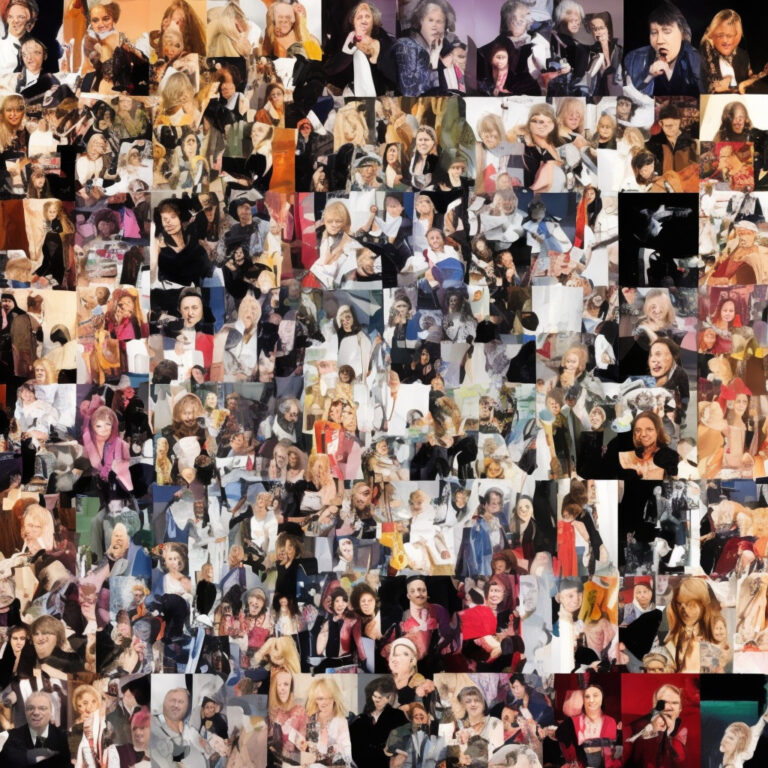
“Dancing Queen” was released on August 16, 1976, as a single and was later included in ABBA’s fourth studio album, “Arrival” which was released on October 11, 1976. The song wasted no time in capturing the hearts of fans, making an impact on music charts worldwide. ABBA’s infectious blend of disco beats and catchy pop melodies proved irresistible, and “Dancing Queen” quickly became a chart-topping sensation.
In their home country of Sweden, “Dancing Queen” debuted on the charts at number two before swiftly taking the number one spot, where it held its reign for 14 weeks. The song’s success was by no means limited to Sweden. In the United States, it claimed the top spot on the Billboard Hot 100 chart on April 9, 1977, giving ABBA their first and only number one hit in the US. The song remained in the chart for a total of 28 weeks, demonstrating its sustained popularity.
The United Kingdom shared a similar love for “Dancing Queen,” catapulting it to the number one position on the UK Singles Chart, where it reigned supreme for six weeks. The song became a staple of British pop culture, and its place in the hearts of fans was cemented when it was named the “Best Number One of All Time” by Channel 4 in 2012.
“Dancing Queen” enjoyed chart success in a myriad of other countries, including Australia, Canada, Germany, Ireland, and South Africa. In fact, it reached the top 5 in 18 countries and the top 10 in 24 countries, showcasing its global appeal.
The song’s enduring popularity continues to this day, with it frequently being featured in popular movies, TV shows, and commercials. “Dancing Queen” has stood the test of time, solidifying its spot as an iconic pop anthem and a testimony to ABBA’s lasting appeal.
Dissecting the Lyrics of an Iconic Dance Anthem
You can dance, you can jive, having the time of your life
See that girl, watch that scene, digging the Dancing Queen
Friday night and the lights are low
Looking out for a place to go
Where they play the right music, getting in the swing
You come to look for a king
Anybody could be that guy
Night is young and the music’s high
With a bit of rock music, everything is fine
You’re in the mood for a dance
And when you get the chance…
You are the Dancing Queen, young and sweet, only seventeen
Dancing Queen, feel the beat from the tambourine, oh yeah
You can dance, you can jive, having the time of your life
See that girl, watch that scene, digging the Dancing Queen
“Dancing Queen” by ABBA is celebrated as a classic feel-good anthem, with its catchy melody and uplifting lyrics. The song was released in 1976 and quickly topped the charts, becoming a staple at parties and discos. But what is the deeper meaning behind these joyful lyrics, and how do they relate to the cultural landscape of the 1970s?
The song paints a vivid picture of a young woman, aged seventeen, enjoying herself on the dance floor. She’s the “Dancing Queen,” the center of attention, and the embodiment of youth and freedom. The lyrics hint at the search for romance, as she comes “to look for a king,” and the idea that “anybody could be that guy.” This suggests the excitement and unpredictability of young love.
In the 1970s, the world was rapidly changing. The feminist movement was gaining momentum, and women were asserting their independence and stepping out into the world on their own terms. The disco scene, where people from all walks of life could come together and express themselves through dance, was a perfect representation of the era’s evolving social dynamics.
“Dancing Queen” captures the essence of that time, as it celebrates the freedom to be yourself and the joy of dancing without a care in the world. By showcasing a young woman as the star of the song, ABBA is highlighting the growing empowerment and liberation of women during this period.
The song’s upbeat tempo and infectious rhythm encourage listeners to let loose and enjoy life, making “Dancing Queen” a timeless representation of the spirit of the 1970s.
The Visual Experience: “Dancing Queen” Music Video
A nostalgic trip to ABBA’s infectious energy in the simple yet iconic “Dancing Queen” music video – a testament to the power of timeless tunes and genuine stage presence.
Back in the day, music videos were just starting to gain traction, and ABBA’s music video for “Dancing Queen” was no exception. Released in 1976, the music video for “Dancing Queen” was directed by Lasse Hallström, who frequently collaborated with the band and later went on to direct successful films such as “The Cider House Rules” and “What’s Eating Gilbert Grape.”
The music video for “Dancing Queen” is relatively simple in terms of production, as it was made during a time when music videos were not as elaborate as they are today. Shot in black and white, the video primarily features ABBA performing the song on stage. There are a few close-up shots of the band members, particularly Agnetha and Frida, showcasing their trademark harmonies and expressive performances.
While there may not have been a significant budget for the “Dancing Queen” music video, the band’s energy and the song’s irresistible melody made it a hit with audiences. The visual experience of seeing the band perform the song and witnessing the chemistry between the members added to the song’s appeal.
In the absence of a more elaborate music video, fans have created their own tributes to “Dancing Queen” on platforms like YouTube. From dance routines to animated videos and even heartfelt montages of people dancing to the song at various events, the internet is filled with love for this iconic track. The song’s timeless popularity is evident in the vast range of fan-made content available online.
Overall, the music video for “Dancing Queen” is a charming and nostalgic look back at the early days of music videos and ABBA’s undeniable stage presence. While it may not have the flashy production values of more recent music videos, it still holds a special place in the hearts of ABBA fans and will continue to be celebrated as a classic visual representation of their most famous song.
The Masterminds Behind the Music: Björn Ulvaeus and Benny Andersson
Diving deeper into the composition of “Dancing Queen,” we find the dynamic duo of Björn Ulvaeus and Benny Andersson. These Swedish-born musicians are the creative forces behind many of ABBA’s timeless tunes. As experienced composers, their collaborative efforts have allowed them to create a vast repertoire of hits that extend beyond their time as members of ABBA. Among their other notable compositions, we find fan favorites such as “Mamma Mia,” “Waterloo,” and “The Winner Takes It All.” Additionally, they have reached great success in the world of musical theatre, with the smash hit “Mamma Mia!” (2000) and its sequel, “Mamma Mia! Here We Go Again” (2018), both featuring their music. As is evident from the countless chart-topping songs and stage productions, the compositional prowess of Björn Ulvaeus and Benny Andersson has left an undeniable mark on the world of music.
A Glittering Legacy
“Dancing Queen: ABBA’s Timeless Anthem of Empowerment and Inclusivity, Cementing its Legacy Across Movies, TV, Covers, and LGBTQ+ Culture.”
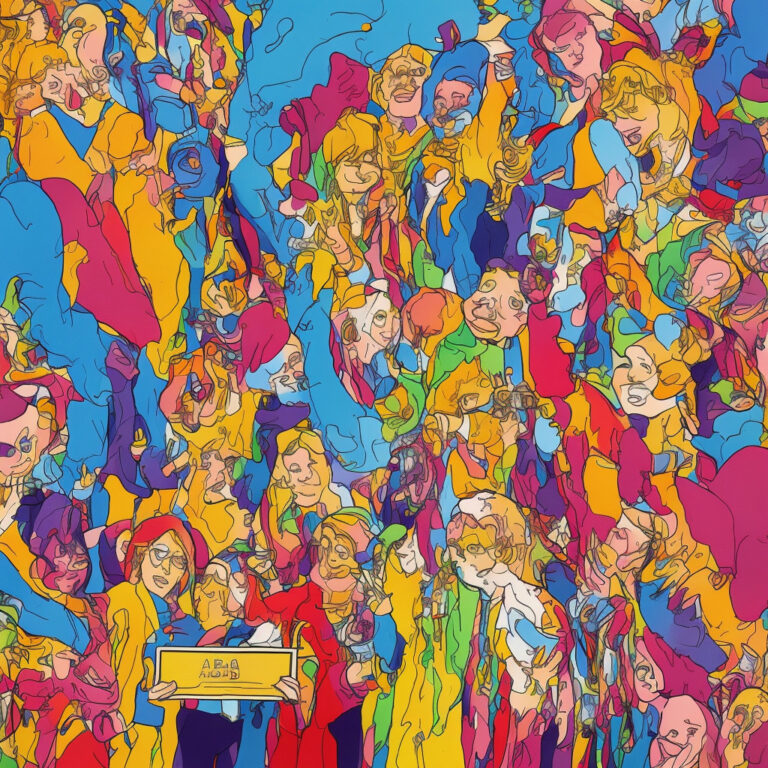
Since its release, “Dancing Queen” has become one of the most iconic and recognizable songs in pop music history, earning numerous awards and accolades. The song topped the charts in various countries, including the United States, the United Kingdom, and ABBA’s home country, Sweden. In 2000, it was inducted into the Grammy Hall of Fame, further solidifying its status as a timeless classic.
“Dancing Queen” has enjoyed widespread use in various forms of media, making appearances in movies, television shows, and even video games. One of its most notable movie appearances was in the 1994 Australian film “Muriel’s Wedding,” where it plays a significant role in the storyline. The song was also prominently featured in the 2008 film adaptation of the Broadway musical “Mamma Mia!”, starring Meryl Streep and Amanda Seyfried. In television, it has been used in popular series such as “Friends” and “The Simpsons,” and in video games, it has been included in games such as “Dance Dance Revolution” and “Just Dance.”
Over the years, “Dancing Queen” has inspired numerous cover versions by various artists, showcasing its enduring appeal and influence. Some of the most notable covers include British pop group Steps’ 1999 rendition, which peaked at number four in the UK singles chart, and a 2018 cover by renowned singer-songwriter Ane Brun for the BBC Radio 2 show “Sounds of the 70s.” Additionally, the song has been performed live by musical legends such as Madonna and Kylie Minogue, further demonstrating its impact on pop culture.
Not only has “Dancing Queen” become a staple of pop music, but it also holds a special place in LGBTQ+ culture. The song is embraced as an anthem of empowerment, self-expression, and inclusivity. As a result, it is often played at pride events and LGBTQ+ venues, cementing its status as a beloved and meaningful part of popular culture.
With its infectious melody, feel-good lyrics, and timeless appeal, “Dancing Queen” continues to captivate audiences, both young and old, and remains a shining jewel in ABBA’s impressive musical legacy.
Delving into the Musical Depths
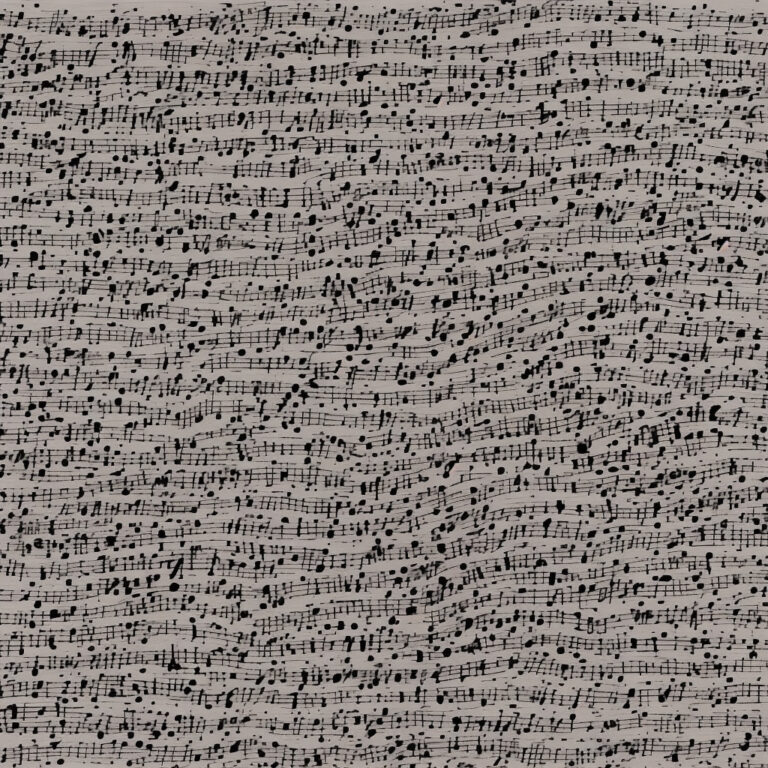
“Dancing Queen” is a classic pop masterpiece that showcases ABBA’s exceptional songwriting and arrangement skills. The track, released in 1976, has a solid musical foundation that still resonates with listeners today. Let’s take a closer look at the song’s musical structure and some of the elements that contribute to its timeless appeal.
The song is written in the key of A-flat major, which provides a bright and uplifting tonal center. The chord progression predominantly follows a I-IV-V-IV pattern (A-flat, D-flat, E-flat, D-flat), creating a sense of familiarity and ease for the listener. However, the pre-chorus introduces a touch of harmonic complexity by incorporating the ii (B-flat minor) and vi (F minor) chords, adding depth and tension to the track. This clever use of harmonic variation allows the chorus to truly shine when it reverts back to the main chord progression.
One of the most distinctive features of “Dancing Queen” is its infectious rhythm. The song’s tempo clocks in at a lively 100 beats per minute, providing the perfect backdrop for both dancing and singing along. The rhythm section cleverly incorporates elements of disco and funk, with a driving bassline and crisp, syncopated drum beats. The use of staccato piano chords and string accents further enhances the rhythmic energy, adding a touch of sophistication to the mix.
The arrangement of “Dancing Queen” is also noteworthy for its expert use of dynamics and layering. The verses begin with a sparse texture, allowing the lead vocals to take center stage. As the song progresses, additional instrumental layers are introduced, such as the iconic string section and lush backing vocals. This gradual build-up of musical elements culminates in the chorus, where all the parts come together to create a rich, full sound that is both powerful and captivating.
From a melodic standpoint, “Dancing Queen” boasts a memorable and singable tune that sticks with listeners long after the song has ended. The melody is primarily diatonic, meaning it stays within the key of A-flat major, making it easy for listeners to follow and sing along. However, the melody also features some clever leaps and syncopations, which adds an element of surprise and keeps the listener engaged throughout the track.
In conclusion, the enduring success of “Dancing Queen” can be attributed to its expertly crafted musical structure, which skillfully combines elements of pop, disco, and funk. From its infectious rhythm and memorable melody to its thoughtful arrangement and harmonic variation, the track is a shining example of ABBA’s exceptional musicianship and songwriting prowess.



